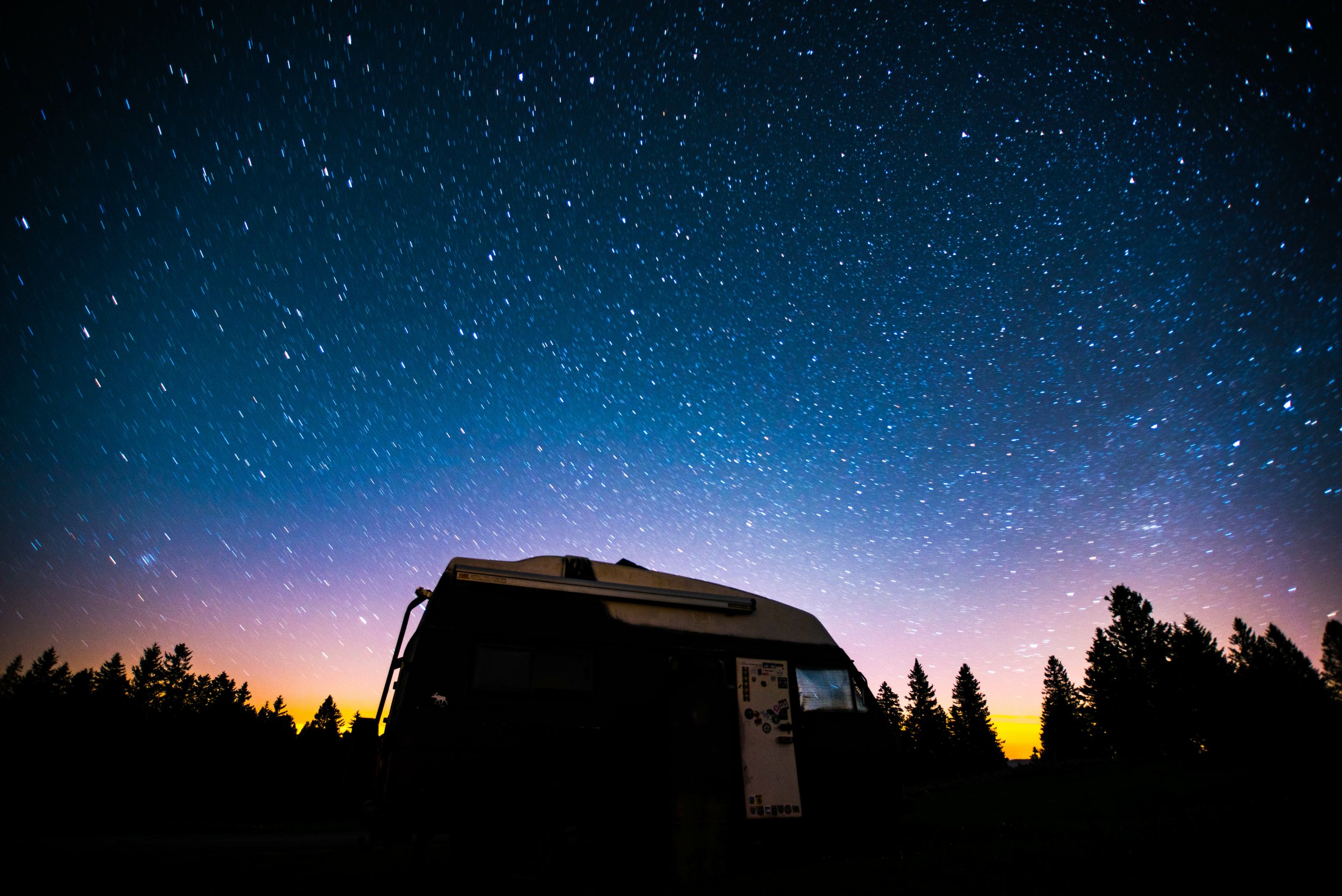SpaceX's internet program rapidly expands and unlocks new features!
Visualisation of the orbiting Starlink constellation
The internet has evolved immeasurably over the past 30 years since it's mainstream adoption began, no other recent technology has had such a profound and far-reaching impact on both personal lives and human society overall. From dial-up to broadband, 5G and fibre-optic, the progress has been immense and unquestionably pushed the boundaries of what humankind may achieve.
Thanks to near-instant global communication we've dismantled the hurdles of distributed scientific research, development and information sharing, and gladly adopted new ways to innovate and collaborate. Not only changing the norms of employment and social interaction for many, but also simplifying our daily lives with unlimited apps and online shopping within an e-commerce industry that couldn't have existed just a short while ago. However, this all relies on connectivity and whilst most of the planet is able to enjoy fast, easy access to the meta-consciousness that is the internet, some places and peoples and still out of reach of good infrastructure, leaving them isolated and disconnected from modern society and further increasing inequality.
Elon musk, the brain behind SpaceX which brought us such wonders as reusable rocketry and an achievable intention to colonise mars, has been working for several years on Starlink - an Earth-based (for now) satellite constellation that promises high-speed, low-latency internet connectivity to anywhere in the world by creating a web of laser-connected nodes orbiting the planet that communicate with ground stations on the surface to relay signals where needed. It's a game-changer for remote locations where it's impractical to run cables and unprofitable for mobile providers to deploy coverage, and once complete will greatly increase accessibility for countless individuals.
SpaceX’s first milestone target is 12,000 satellites and since 2019 over 2,700 have been launched, currently servicing over 400,000 users (up from 145,000 at the start of this year) in 36 countries. The pace of deployment has been steady yet clearly adoption is increasing rapidly as availability expands, most notably making a big difference in Ukraine since their internet service was restricted.
Camping in the wild, but with full internet access
The primary target audience are rural and remote communities since there's limited bandwidth over any given area and it's not designed to replace the high-speed optics available in packed urban spaces, but it's perfect for solo users or small groups and when paired with a solar panel or two may be used almost anywhere! Recently in June they received regulatory approval to provide access for non-stationary locations such as ships and RVs, which is great news for travellers and nomads alike and they're also in the process of brokering deals with airlines to facilitate on-board WiFi.
The user terminal package contains a dish, router and power cable, which combined with their app is all you need to get started in mere minutes. In the UK, an initial hardware and set up fee of £529 is followed by £89/month subscription and the price is sure to come down as the service matures. With six launches so far in July and all usually containing roughly 50 satellite each, in just a few years the constellation will have reached their first goal and should be a viable option for anyone in need, thanks to SpaceX for their unending vision, innovation and drive to help humanity!


